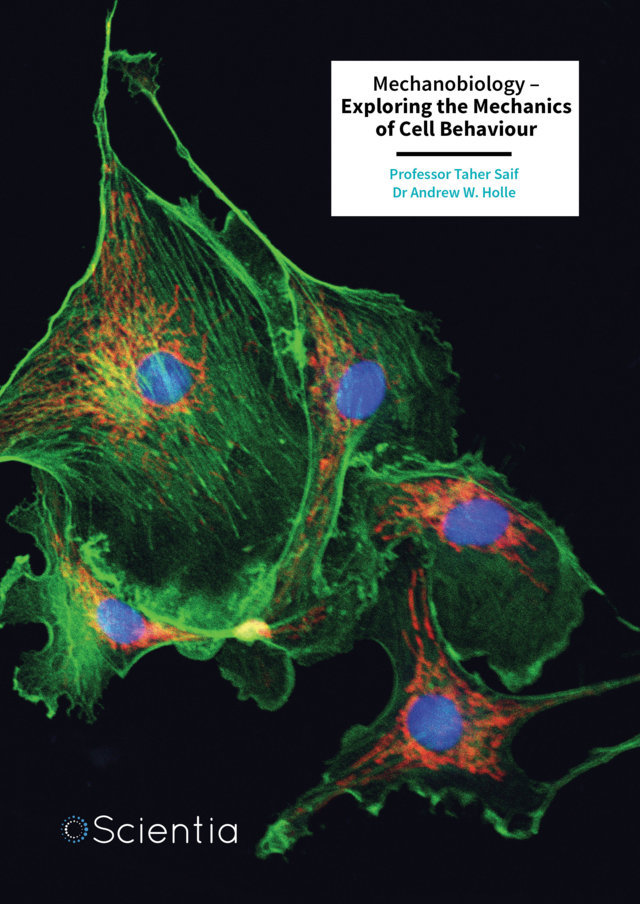If you stroll into a McDonald’s fast-food restaurant in Paris, Tokyo, or New York, you’ll notice that the Big Mac tastes the same, the menu looks familiar, and the process is quick and efficient. You order your food, wait a short while, and you get exactly what you expect. In the 1990s, American sociologist George Ritzer gave a name to this phenomenon: McDonaldization. He identified four principles behind the model’s success. The first is Efficiency, in terms of getting things done in the fastest, least expensive way possible. Second comes Calculability, which involves valuing numerical metrics, such as how many burgers sold and how fast they were served, over subjective qualities such as taste or ambiance. The third factor is Predictability, which involves making sure the experience is the same way everywhere. The final aspect is Control, where the corporation uses refined rules, technology, and systems to achieve the preceding three principles. While these ideas may work for burgers and fries, can they work if applied to something very different, such as healthcare? In a thought-provoking review, Professor Dr. Frederik Wenz of the University of Freiburg explores how these fast-food-inspired principles are transforming hospitals, clinics, and even the role of patients themselves. This phenomenon doesn’t just involve faster patient registrations or standardized treatments. It’s about a fundamental shift in how we think about healing, and how much responsibility patients are willing (or able) to take on themselves. More
Healthcare is under pressure. Populations are aging, costs are rising, and resources, especially skilled doctors and nurses, are stretched thin. Against this backdrop, McDonaldization can sound like an appealing solution, with the potential for faster patient processing, fewer errors, and predictable outcomes based on protocols that have worked before.
For instance, increasing Efficiency in healthcare can mean shorter consultations to fit more patients into a day, which helps to reduce patient waiting lists. Examples of a McDonaldization-style Efficiency measure in healthcare include patients filling out standardized forms before appointments instead of having long conversations with doctors. Another is using robots to assist in surgery or medication dispensing.
Calculability involves using measurable targets. Applying this McDonaldization principle to healthcare might include using hospital rankings that are based on readmission rates, length of stay, and patient satisfaction scores, or using diagnosis codes that turn complex illnesses into standard labels for billing and statistical tracking.
The third McDonaldization principle, Predictability, involves creating consistency. In healthcare, examples can include uniform marketing and branding across hospital networks, standard treatment pathways for specific illnesses or clinical guidelines that ensure all patients with the same diagnosis get the same treatment, regardless of personal preferences or circumstances.
The final principle, Control, is often achieved through technology. In healthcare, examples include electronic health records that dictate how data are entered and retrieved, self-service kiosks for patient registration and automated reminders for appointments and medication schedules.
These systems undoubtedly bring real benefits. For instance, a standardized checklist in surgery can reduce the risk of critical mistakes. Protocols can ensure that essential steps aren’t skipped. Data tracking can uncover patterns that improve public health.
However, as Professor Wenz points out, there’s a paradox in that sometimes the push for efficiency backfires. Doctors might see more patients per hour, but have less time for each one. Patients might be discharged “efficiently” but return soon after because the underlying problem wasn’t fully addressed. And when everyone is treated according to a rigid protocol, rare conditions or unique personal needs can be missed. Ritzer calls this the “irrationality of rationality”: a system designed to be perfectly logical ends up creating illogical, even harmful, outcomes.
One of the most intriguing shifts Wenz examines is the rise of the prosumer patient. The term comes from blending “producer” and “consumer.” In healthcare, it means you’re not just a recipient of care, you’re actively involved in producing it.
The following scenarios illustrate this concept if you are acting as a prosumer of healthcare. For instance, you log into a patient portal to upload your own health history before your first visit. You track your blood sugar levels daily with a connected device that sends the data to your doctor. After surgery, you fill out questionnaires rating your pain, mobility, and overall recovery, helping shape future care protocols.
Wenz describes a four-stage journey from traditional patient to full prosumer. The first stage is Activation, which involves gaining access to your health information so you can make more informed decisions. The next stage is Empowerment, where patients find their “voice”. This involves building the skills and confidence to participate in care decisions, and taking the first steps to participate.
The third stage is Involvement, in which patients engage in ongoing dialogue with healthcare providers, contributing their perspective. The final stage in the journey to prosumerism is Engagement, where patients forming a “therapeutic alliance” with providers as an equal partner in decision-making.
The shift to prosumerism has a dual character. For healthcare staff, it can be a relief, as patients take over some tasks, reducing workloads. For patients, it can be empowering, as they are more informed, more involved, and more in control of their health.
Without digital technology, the prosumer role in healthcare would be almost impossible. Key enablers include telemedicine, health apps and wearables, and structured feedback tools, such as Patient-Reported Outcome Measures, that capture how patients feel about their treatment and recovery.
These tools make it easier for patients to participate actively in their care, but they also risk leaving behind people without digital skills or access. Indeed, prosumerism, and McDonaldization more generally are not without their risks and drawbacks, if applied without care.
Wenz highlights several such issues. The major theme here is dehumanization. When time pressure, systems and protocols replace conversation and empathy, we lose a human factor that plays an important (if difficult to quantify) role in the patient-clinician relationship and its effectiveness. The “one-size-fits-all” treatments prioritised by McDonaldization overlook individual differences, potentially underserving some patients.
There is also a risk of two-tier medicine, with better service for those who can pay for and navigate digital tools, and worse for those who can’t. Workforce deskilling is another major issue. As tasks are automated or shifted to patients, skilled healthcare jobs may become more repetitive and less fulfilling.
The question isn’t whether McDonaldization will influence healthcare, it already has. The question is how to use its strengths without sacrificing humanity. Professor Dr. Wenz suggests hybrid models to achieve the best of both worlds. These could include using standardization where it improves safety, but allowing flexibility for individual needs. Healthcare staff can let technology handle repetitive administration, freeing time for personal care, and staff could also receive training in how to involve patients as partners. Digital tools, such as healthcare apps and wearables, should be accessible and user-friendly for everyone, not just the tech-savvy.
Ultimately, healthcare should be both efficient and compassionate. That means not just serving more “patients per hour,” but making sure each person feels heard, respected, and understood. McDonaldization in healthcare is not a fate written in stone. As Wenz emphasizes, it’s a process we can and should shape. Policymakers, hospital leaders, healthcare professionals, and patients all have a voice. The aim should be a system that delivers the reliability of a well-run machine but preserves the warmth, inclusivity and adaptability of human care.







